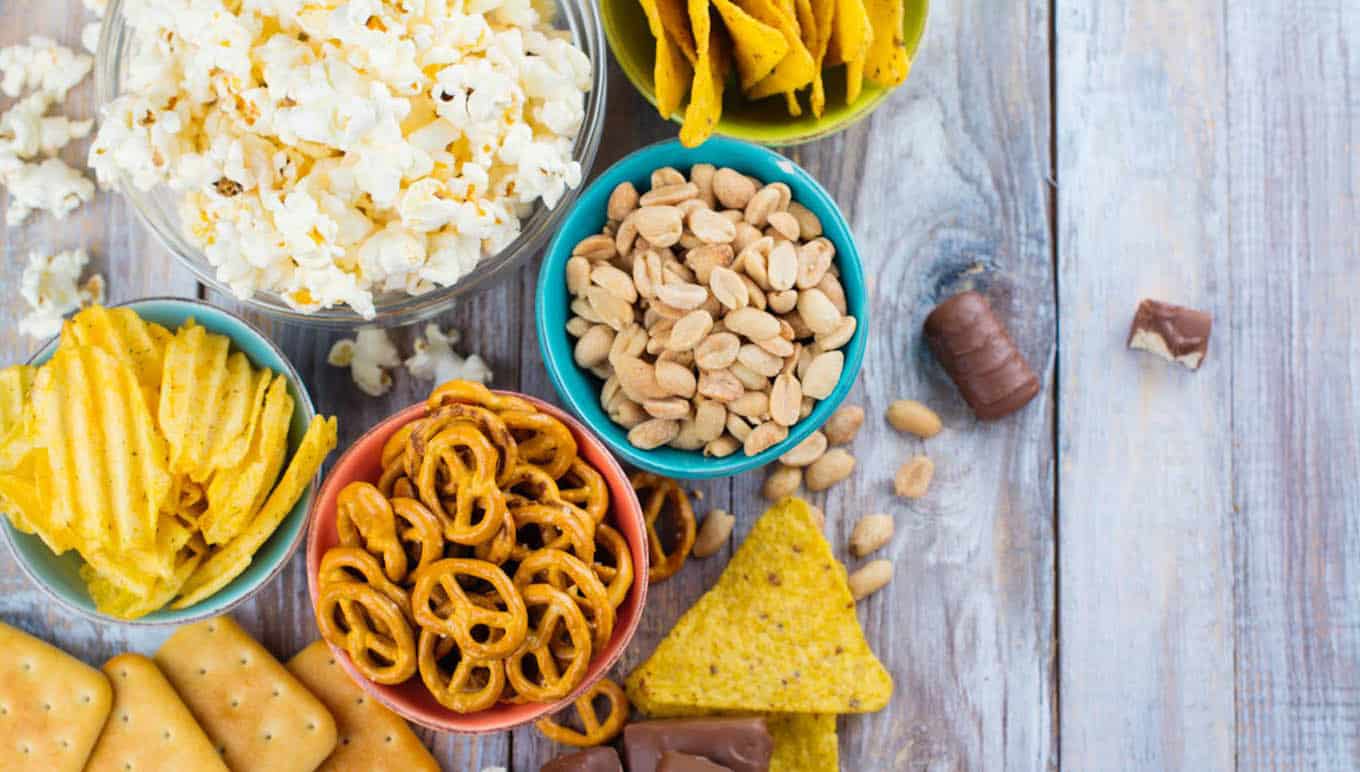Snacking Sector Experiences First Decline Since COVID-19

Demand for snacks has stagnated in fiscal year 2025, reflecting a shift in consumer behavior amid rising prices and a lack of new product offerings. According to data from market research firm Kantar, households have maintained their snack consumption at approximately 12.8 kilograms, with some even reducing their purchases. Analysts attribute this trend to a market correction following a surge in snacking during the pandemic, compounded by high inflation affecting consumer spending.
Static Snack Consumption Trends
In FY25, the consumption of snacks remained flat at around 12.8 kilograms per household. Notably, categories such as noodles and biscuits have experienced a decline in consumption, indicating that many consumers are purchasing fewer snacks than before. Kantar’s analysis reveals that the volume growth of biscuits, which constitute about 56% of snacking volumes, has slowed to just 1% in FY25, down from 10% in FY24. Similarly, the growth rate for savory snacks dropped to 7% from 11% during the same period. Overall, the snacking segment’s volume growth decelerated to 4% in FY25, a significant decrease from the previous year’s 9%.
Impact of High Commodity Prices
High inflation, particularly in edible oils, has significantly impacted the snacks market. Edible oil is a crucial ingredient in many snack products, and its price increase has led to smaller pack sizes and reduced grammage. Mayank Shah, Vice President at Parle Products, noted that edible oil prices have surged by 40-45% since last year, following a government increase in import duties. This rise in costs has forced consumers to buy fewer packs of snacks, particularly smaller ones, which account for 80% of the volume in the snacks category. Shah expressed cautious optimism, suggesting that tax benefits could stimulate future consumption, although current prices remain high.
Shifts in Consumer Preferences
Recent surveys indicate that consumers are increasingly opting for smaller or local brands to manage costs. A report by Mondelez revealed that many shoppers have reduced their snack purchases and are gravitating towards off-brand options due to price differences. Despite economic pressures, a significant 86% of consumers still view snacking as a daily boost, often using strategies like coupons or bulk buying to save money rather than cutting back entirely. Nitin Saini, Vice President of Marketing at Mondelez India, emphasized the importance of flexible packaging and pricing strategies to meet evolving consumer demands for quality and trust.
Market Outlook and Future Strategies
Kantar’s K Ramakrishnan described the flat growth in snack consumption as an anticipated slowdown after the rapid expansion seen during the pandemic. He noted that manufacturers may need to introduce incentives to encourage consumption. While there has been a slowdown in the snacks category, it remains one of the least affected segments within the broader food market, according to Manoj Verma, COO at Bikaji Foods International. As the industry navigates these challenges, adapting to changing consumer behaviors and economic conditions will be crucial for future growth.
Observer Voice is the one stop site for National, International news, Sports, Editor’s Choice, Art/culture contents, Quotes and much more. We also cover historical contents. Historical contents includes World History, Indian History, and what happened today. The website also covers Entertainment across the India and World.
Follow Us on Twitter, Instagram, Facebook, & LinkedIn

